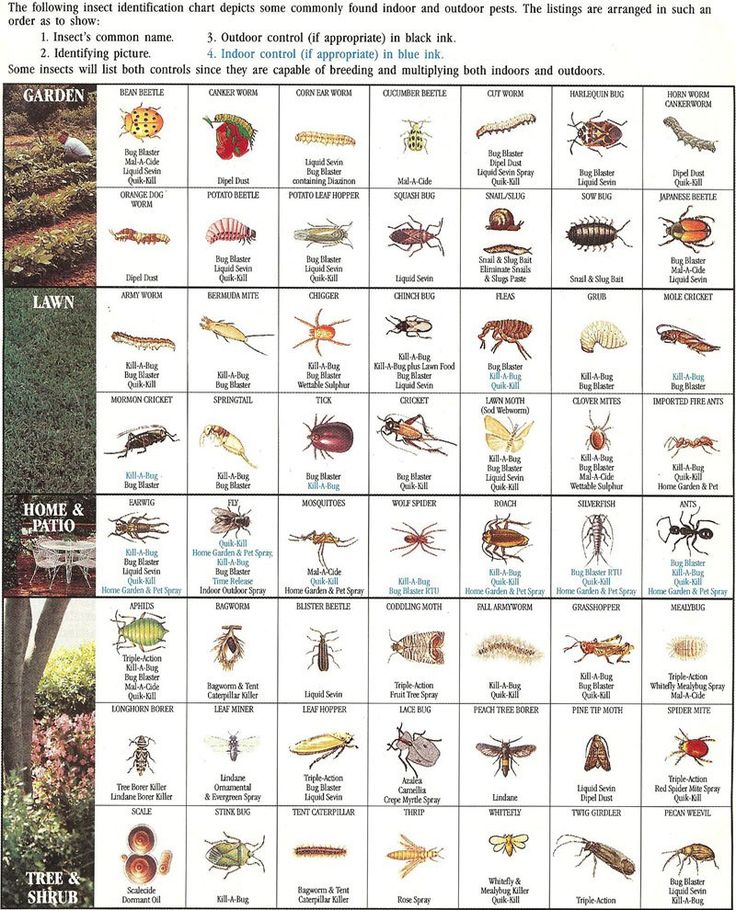House Insect eggs identification Guide

Household insects are unwanted guests that can invade our homes, causing annoyance, discomfort, and sometimes even health issues. Identifying these intruders is crucial for effective pest control, and understanding their eggs is a key aspect of this process. In this comprehensive guide, we will explore various common house insect eggs, helping you recognize them and take appropriate measures to safeguard your home.
The Common Culprits: Cockroach Eggs
Cockroaches are notorious for their resilience and ability to adapt to various environments. Identifying cockroach eggs is essential to curbing an infestation. Cockroach eggs are typically laid in oothecae, protective cases that house multiple eggs. These cases are often brown or reddish-brown and can be found in hidden, dark corners such as behind appliances, in cracks, or under cabinets.
Tiny Menace: Bedbug Eggs
Bedbugs are elusive pests that feed on human blood during the night. Identifying their eggs is crucial for early detection and prevention. Bedbug eggs are small, white, and oval-shaped. They are often laid in clusters and can be found in seams, folds of mattresses, and other hiding spots near their feeding grounds.
Silent Invaders: Termite Eggs
Termites are infamous for causing structural damage to homes by feeding on wood and other cellulose materials. Identifying termite eggs is challenging, as they are tiny and usually located in the colony’s nest. However, you can recognize the presence of termite eggs by the presence of swarmers (winged termites) during the reproductive phase. If you notice these winged insects around your home, it’s a sign that termite eggs are likely nearby.
Pesky Flyers: Fly Eggs
Flies are not only irritating but can also transmit diseases. Identifying fly eggs is crucial to prevent the development of maggots, their larval stage. Fly eggs are tiny, oval, and often laid in decaying organic matter such as food waste. Regularly cleaning and properly disposing of waste can help prevent flies from laying eggs in and around your home.
Ant Colonies: Ant Eggs
Ants are social insects that live in colonies, and identifying ant eggs can help you locate and eliminate their nests. Ant eggs are small, oval, and white. They are usually found in the heart of ant colonies, often in concealed areas like under rocks, in soil, or within wall voids. Eliminating ant eggs is crucial for long-term ant control.
Spider Sacks: Spider Egg Sac Identification
Spiders are beneficial predators, but their presence in large numbers can be unsettling. Spider egg sacs are protective structures where female spiders deposit their eggs. These sacs vary in appearance, from silky and smooth to tough and papery. They can be found in corners, under furniture, or in other secluded areas. Understanding spider egg sacs helps in recognizing potential spider populations before they become a nuisance.
Flea Infestations: Flea Eggs and Larvae
Fleas are a common problem for pet owners, and identifying their eggs is crucial for effective control. Flea eggs are tiny, white, and typically laid on the host animal or in its bedding. Understanding the life cycle of fleas, including their eggs and larvae, is essential for breaking the cycle and preventing reinfestations.
Protecting Your Home: Prevention and Control Tips
Now that you can identify various house insect eggs, it’s time to implement preventive measures and control strategies:
a. Maintain Cleanliness: Regularly clean your home, paying special attention to areas prone to insect infestations. Proper sanitation reduces the chances of insects laying eggs in hidden corners.
b. Seal Entry Points: Seal cracks, gaps, and openings in walls, windows, and doors to prevent insects from entering your home.
c. Proper Food Storage: Store food in airtight containers to discourage pests like ants, cockroaches, and pantry moths.
d. Regular Pest Inspections: Conduct regular inspections of your home to identify any signs of infestations early on. This includes checking for eggs, nests, or any unusual insect activity.
e. Consult Professionals: If you suspect a significant infestation or are unable to control the problem on your own, it’s advisable to seek professional pest control services.
Conclusion
Identifying house insect eggs is a crucial step in effective pest control. By recognizing the early signs of infestation, you can take proactive measures to protect your home and family. Regular cleaning, sealing entry points, and implementing proper sanitation practices are key elements in preventing and controlling insect infestations. Stay vigilant, and you’ll be better equipped to keep your home free from these unwelcome visitors.






